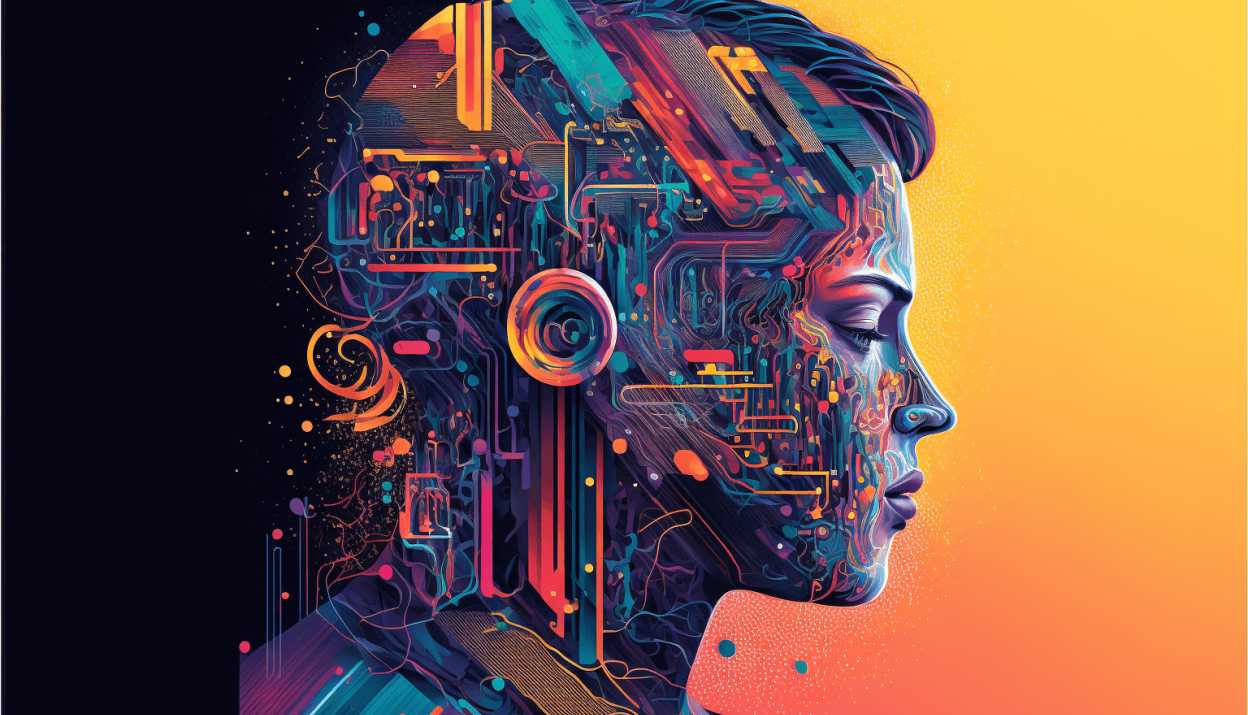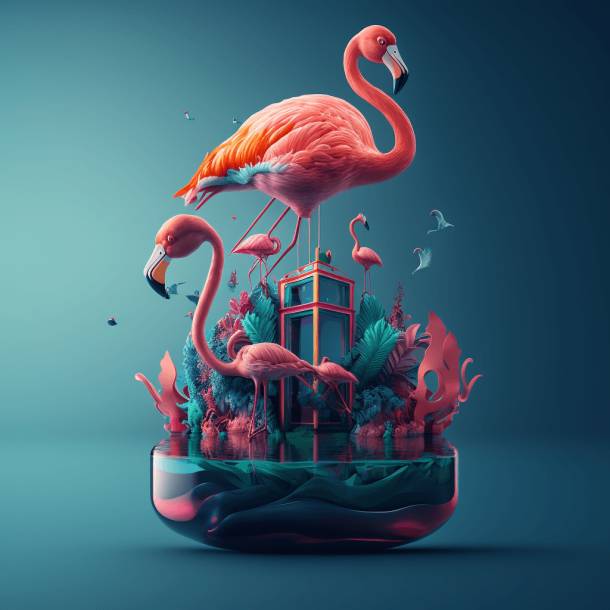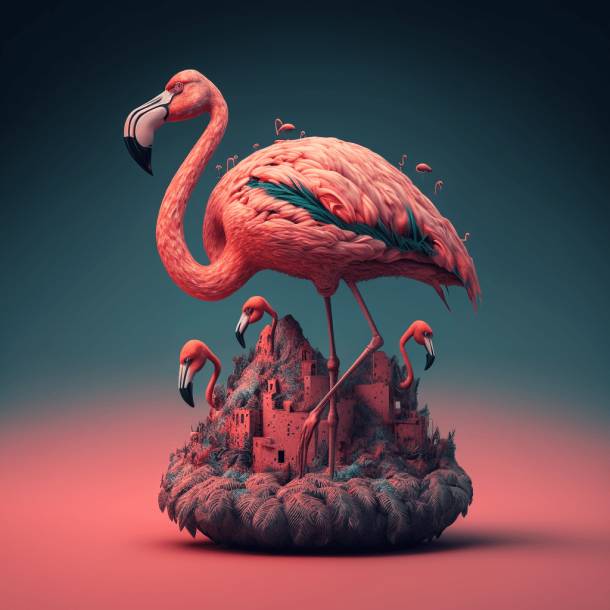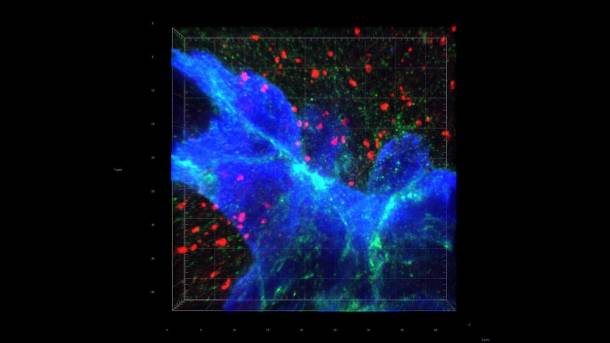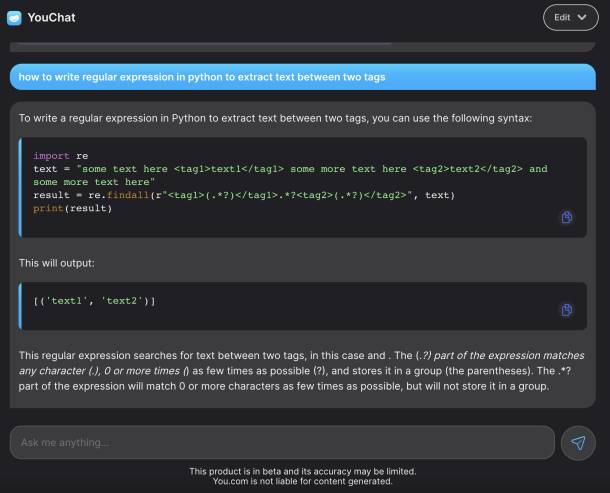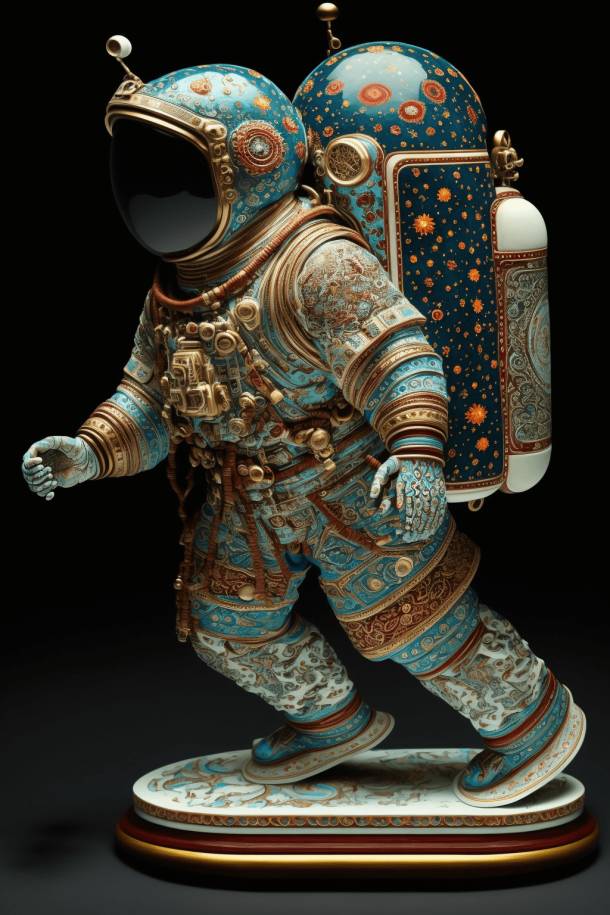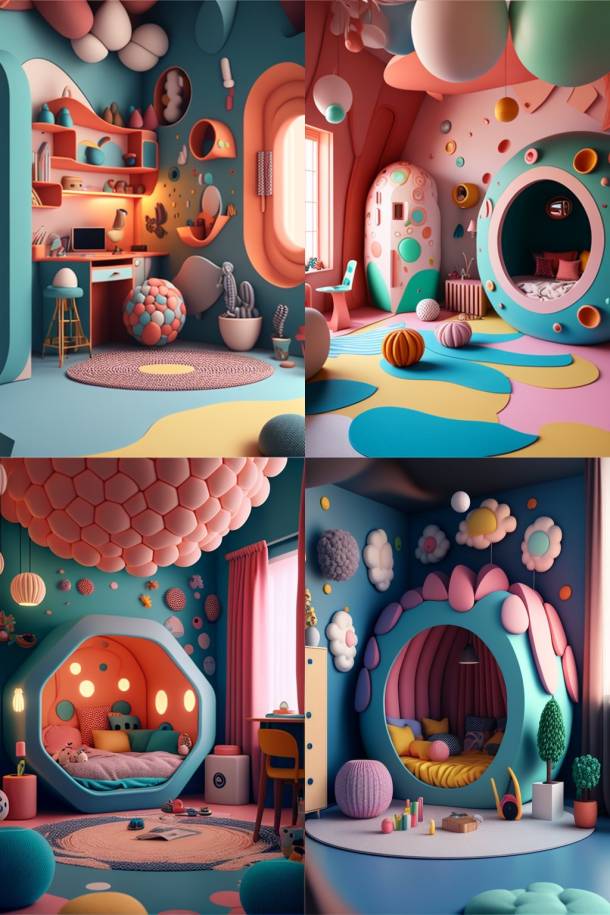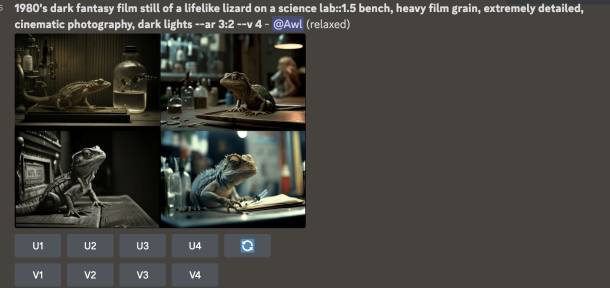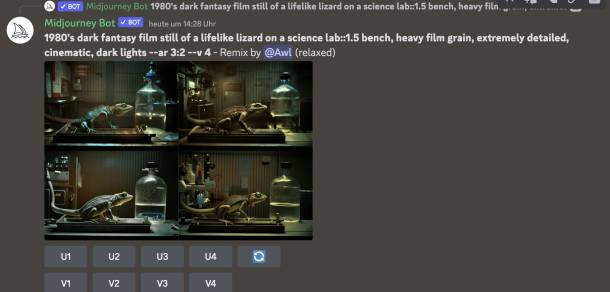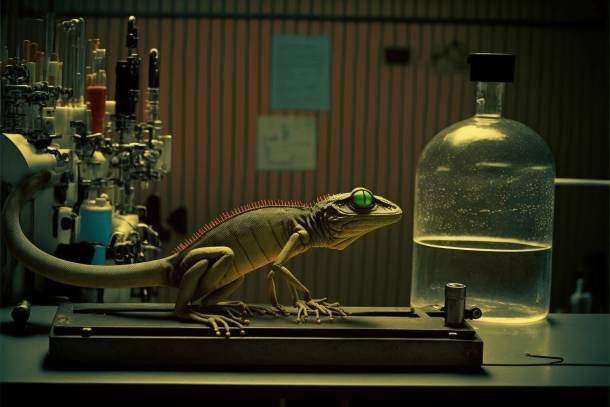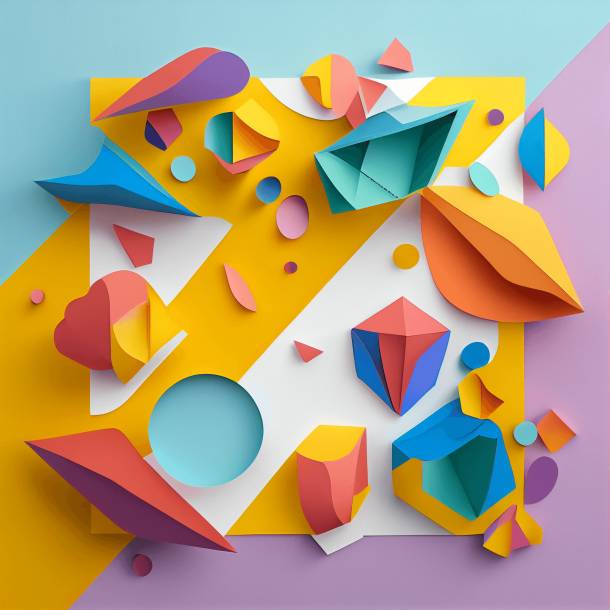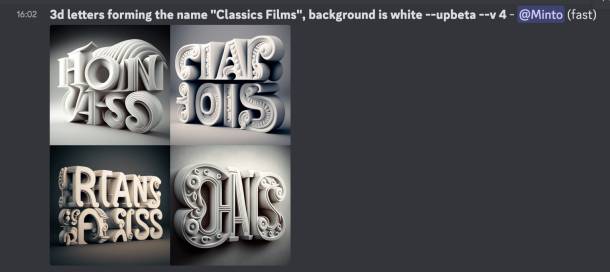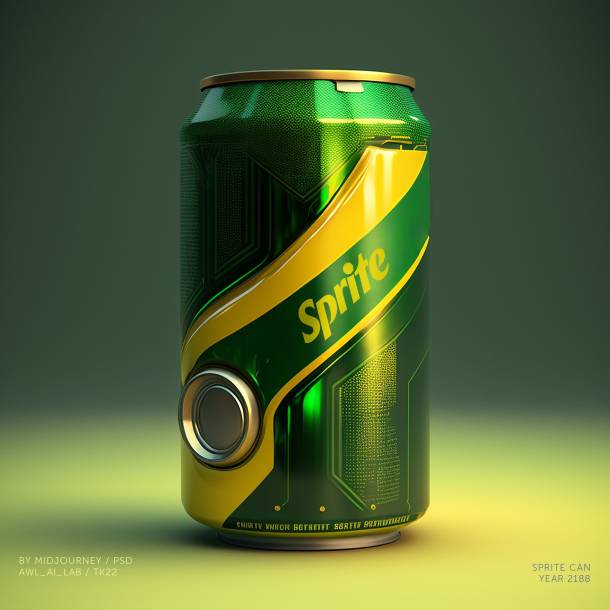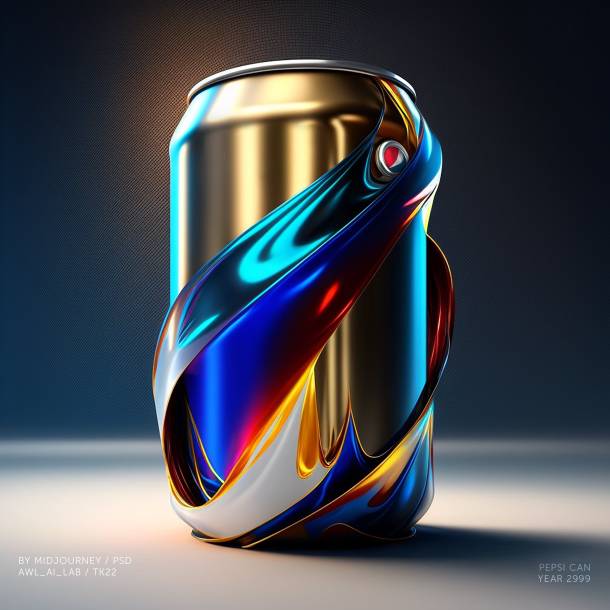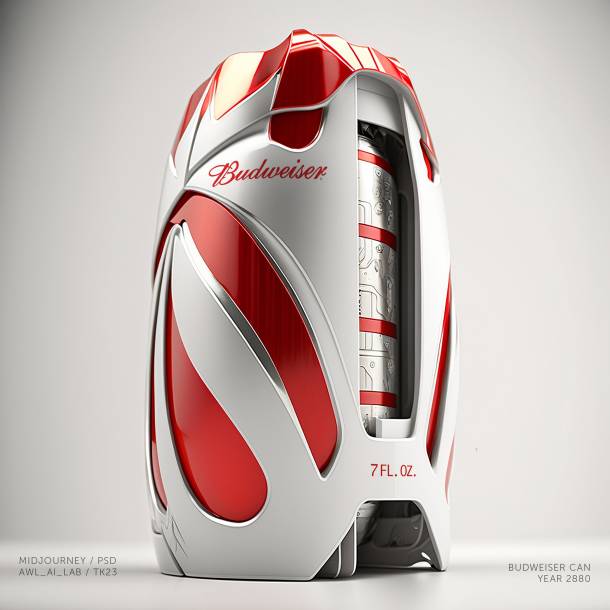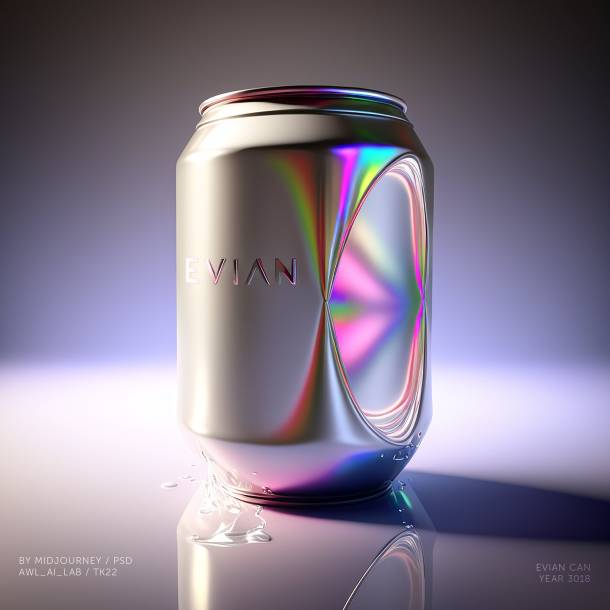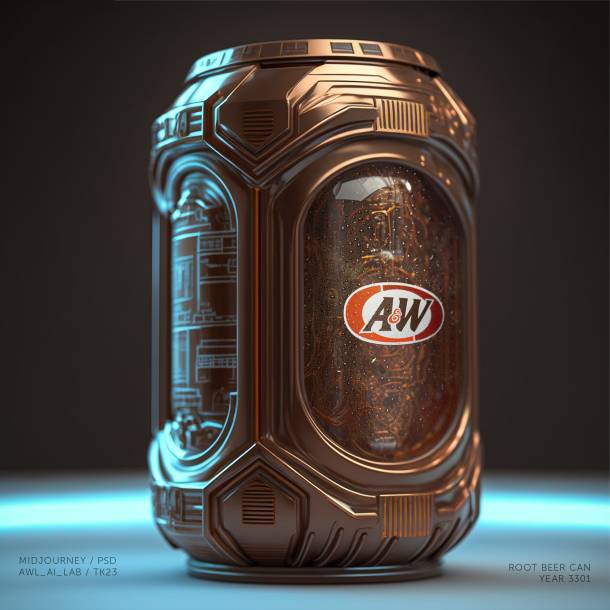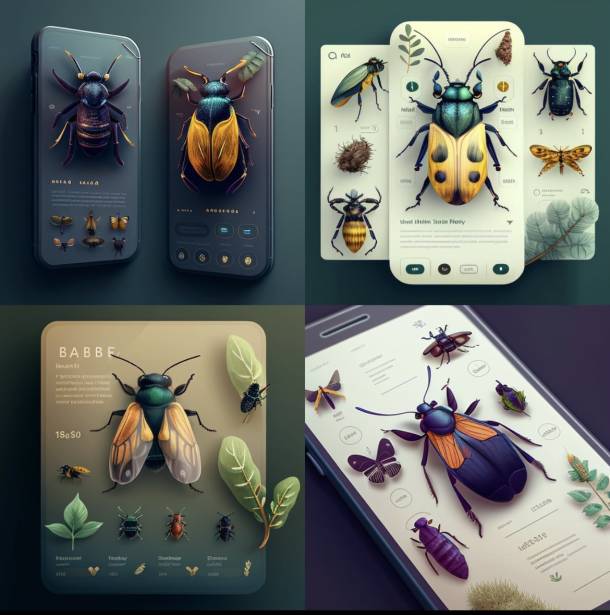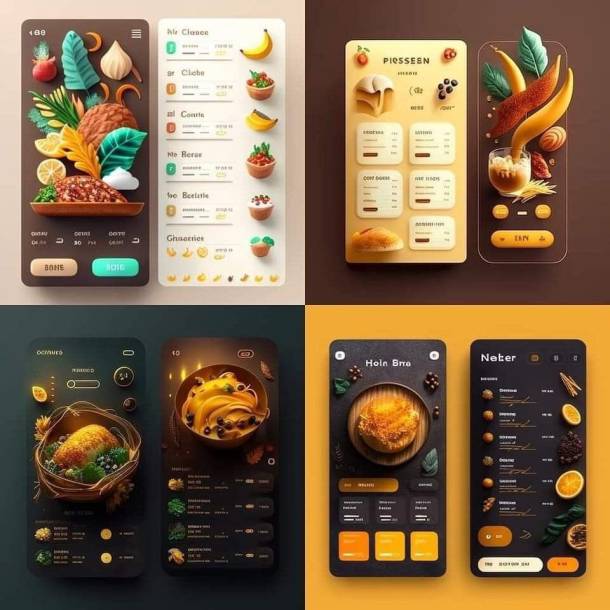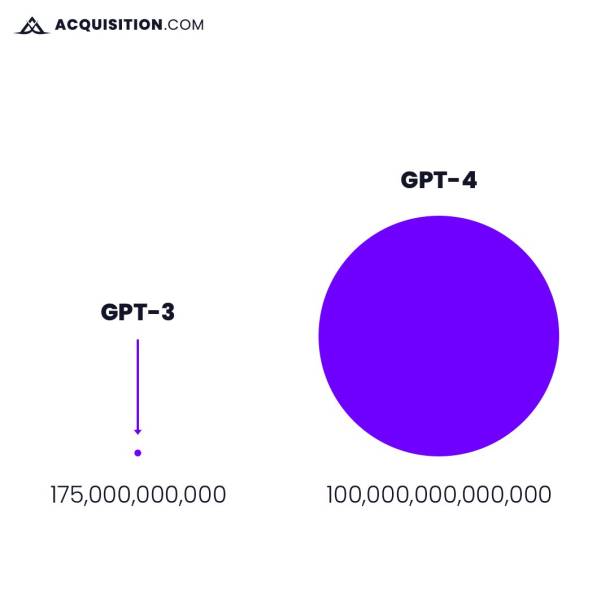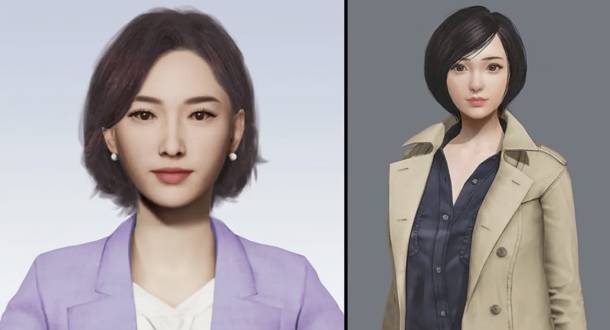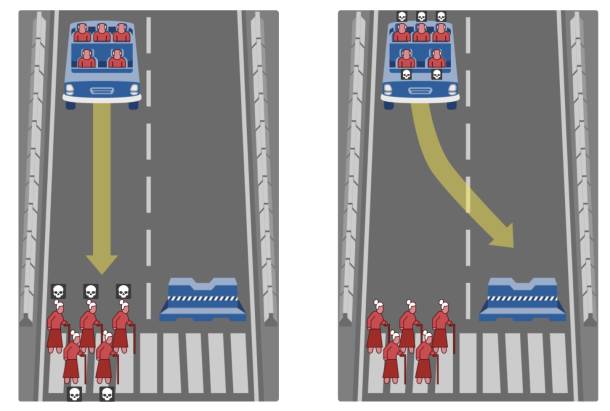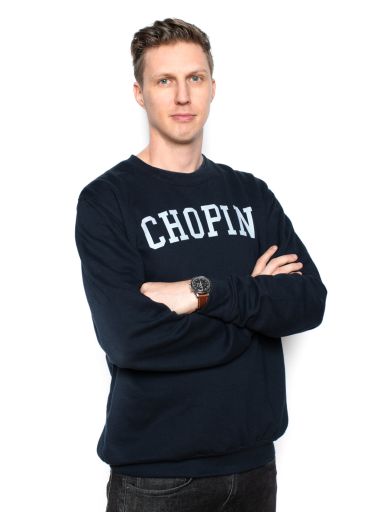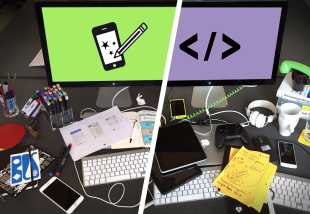AI driven Future
We are only at the beginning of the development and possibilities of artificial intelligence and it is not yet clear where this will lead. We have to make sure that this future becomes a reality that simplifies our lives and does not totally control them. We are already experimenting with things that give us a glimpse of where technology can take us in the future.
Entertainment
Especially in the field of text-to-image AI systems, many applications are currently springing up, such as several children's book generators, where we can influence the content of the story and our own child becomes a character in the story. Of course, you can also implement such a book completely yourself with AI, as described in this article.
The avatar generator Lensar has been in the media because it portrays women in a very one-sided way, to say the least. So we can say the AI is only as good as its input AND the database it is trained with. Who controls what data the AI learns with influences how it sees things and how it presents them. AI can, of course, also be fed its own data sets and thus bred into a specialised AI system.
Conversations
For example, artist Michelle Huang fed the entries of diaries from her childhood to an AI in order to have conversations with her past self. Communication with the afterlife is likely to become eerily real soon.
The experiment "The infinite Conversation" lets us witness an AI-generated endless discussion between Werner Herzog and Slavoj Žižek, which of course never took place.
Psychology
More ethically questionable is an experiment that koko recently conducted. The online platform offers psychological support in chat form. For 4000 people ChatGPT was used and responded to the concerns of the users - and remained unnoticed. In a follow-up survey, it turned out that these conversations were considered more helpful than those of human interlocutors. Read more about the trial in this thread on Twitter.
Deep Fakes
Deep fake technology has rapidly evolved from a gimmick to a powerful tool in recent years. It is now used in various fields, such as film, advertising and entertainment. Some films have already used it to replace actors with computer-generated avatars.
As the name implies, there are also dangers lurking in the use of Deep Fakes, they could be misused to spread false information (Fake News) and thus influence public opinion. There is also the danger that Deep Fakes can be used to embarrass or even blackmail individuals or companies. Flawless even uses the power of Generative AI to change filmed dialogue.

